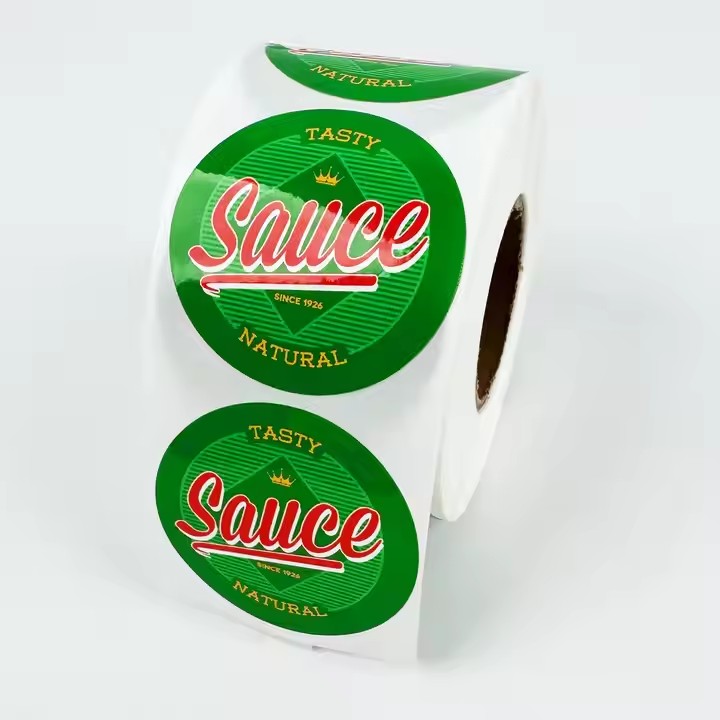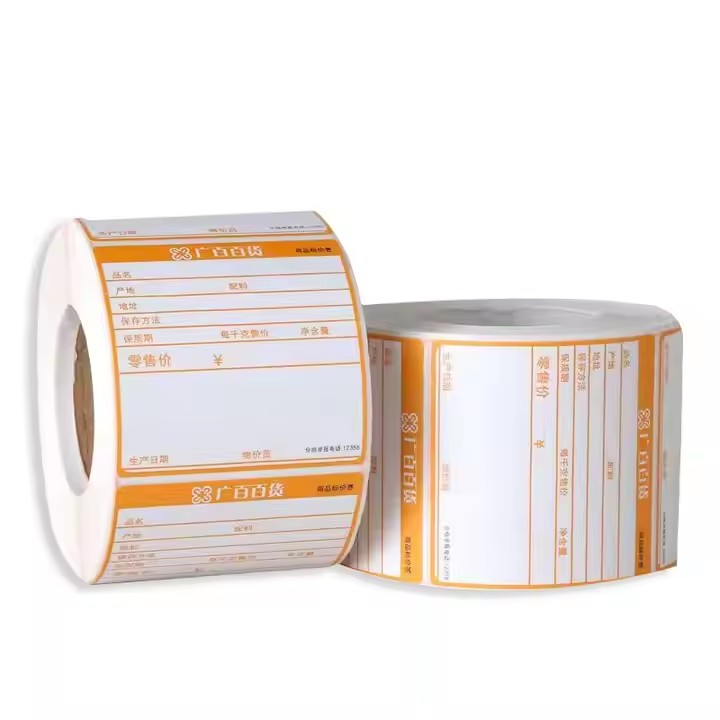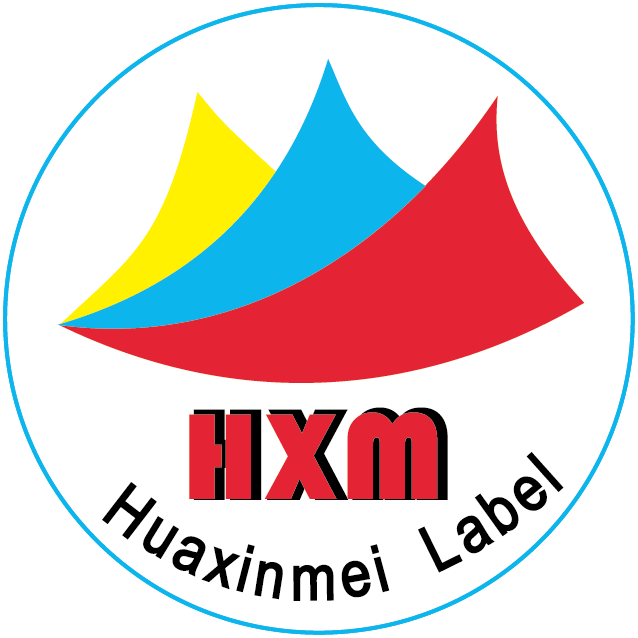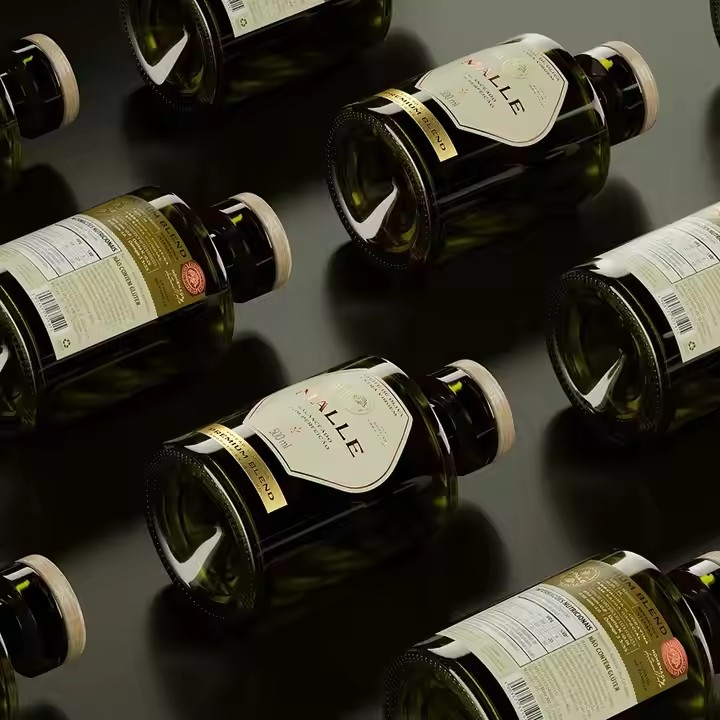Paper – based Materials
Bamboo – pulp Paper
Raw Material: It is mainly made from bamboo. Bamboo grows fast and is a renewable resource that can be sustainably harvested in a short time. Compared with traditional wood – based paper – making, it consumes less forest resources. Stickers made of bamboo – pulp paper are very environmentally friendly and cause little pollution even when discarded. According to the current consumption concept, people increasingly prefer environmental protection. In daily consumption and shopping, they like to use environmentally – friendly shopping bags, bags, and so on. Therefore, using environmental protection as a selling point or an introduction can attract a large number of consumers in a short time.
Features: Bamboo – pulp paper has good flexibility and strength. Its long and thin fibers make the paper fine – textured and smooth – surfaced, which is suitable for high – precision printing and can clearly present various patterns and texts. At the same time, bamboo – pulp paper also has certain antibacterial properties, which has certain advantages in some occasions with high – hygiene requirements, such as food packaging and children’s product stickers.
Straw – pulp Paper
Raw Material: It is made from crop straws such as wheat straw and rice straw. These straws are usually agricultural waste. Recycling them to make paper not only reduces the environmental pollution caused by straw burning but also realizes the reuse of resources. Straw – pulp paper is made from the stems of these crops. This kind of paper has a characteristic that it is relatively cheap. If your product is in the middle – end market, you can use this kind of straw – pulp paper because it is cheaper, which can save funds and achieve the highest cost – performance ratio.

Features: Straw – pulp paper is usually naturally light yellow or light brown in color, with a rustic beauty, which is suitable for some sticker designs that pursue a natural and simple style. However, the fibers of straw – pulp paper are short, and the strength of the paper is relatively low. Therefore, it needs to be selected according to the specific situation when in use. For example, the thickness of the paper can be increased or appropriate reinforcement treatment can be carried out to meet the use requirements. Because this straw – pulp paper is made from plant stems, after being made into paper, the touch of the paper is relatively rough and not as delicate and soft as the paper made from wood.
Film – based Materials
Bio – based Plastic Film
Raw Material: It is produced from bio – based polymers made by fermenting renewable biological resources such as corn and sugarcane. Common bio – based plastics include polyhydroxyalkanoate (PHA), etc.
Features: Bio – based plastic film has physical properties similar to traditional plastic films, such as good flexibility, transparency, and chemical resistance. However, its biggest advantages are its biodegradability and renewability. It can be decomposed by microorganisms in the natural environment, reducing long – term environmental pollution. In addition, in the production process of bio – based plastic film, compared with traditional petroleum – based plastics, it can reduce the dependence on limited petroleum resources and reduce carbon dioxide emissions.
Water – based Coated Film
Raw Material: It uses ordinary plastic film as the substrate and coats a layer of water – based paint on the surface. The water – based paint uses water as the solvent and does not contain harmful volatile organic compounds (VOCs), which is less harmful to the environment and human health during production and use.
Features: This kind of film has good water resistance, abrasion resistance, and weather resistance, which can effectively protect the content of the sticker from the influence of the external environment. At the same time, the water – based coating has good transparency, which will not affect the visual effect of the sticker. Moreover, after being discarded, the water – based coating is relatively easy to decompose, reducing environmental pollution.

Other Materials
Silicone Sticker
Raw Material: Its main component is silicone rubber, which is an inorganic polymer material, usually polymerized from siloxane monomers. Silicone has good chemical stability and biocompatibility, is non – toxic and odorless, and is harmless to the human body and the environment.
Features: Silicone stickers have excellent flexibility, elasticity, and high – and low – temperature resistance, and can maintain stable performance in various harsh environments. It has good viscosity and can be firmly pasted on the surface of objects. At the same time, it is not easy to leave glue when removed, and will not damage the surface of the pasted object. In addition, silicone stickers also have certain waterproof, moisture – proof, and dust – proof functions, and are suitable for some occasions with high – performance requirements for stickers, such as the identification and decoration of electronic products and auto parts.
Starch – based Sticker
Raw Material: It is made from starch as the main raw material through adding some auxiliaries and modifiers and special processing technology. Starch can be extracted from crops such as corn and potatoes, which is a renewable resource.
Features: Starch – based stickers have good biodegradability and can be quickly decomposed into carbon dioxide and water by microorganisms in the natural environment. It has certain viscosity and strength to meet the general use requirements of stickers. At the same time, starch – based stickers also have certain air permeability, which has advantages in some packaging or sticker applications that require air permeability. For example, food packaging stickers can keep food fresh to a certain extent.


